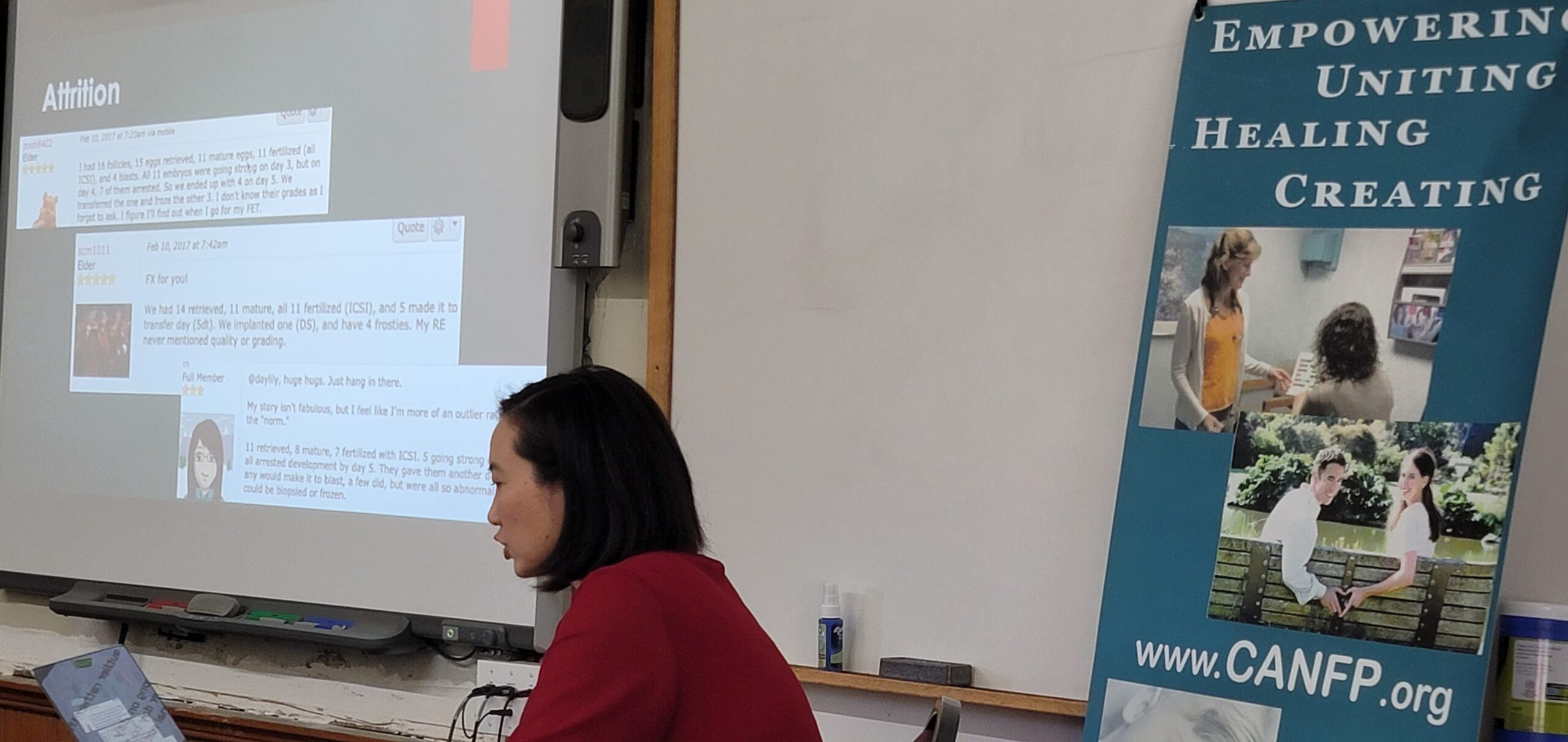- Clergy Corner
God as Author and Architect of Life
by Kyle Laluces
Fall 2023
Every summer, the San Francisco seminarians are summoned back to St. Patrick’s in Menlo Park to attend three weeks of workshops. These are aimed at being familiarized with specific pastoral concerns that we, in our future ministry as priests, may be called to address with a father’s heart. This year, we tackled topics such as gender theory, the sexual revolution, the state of Catholic education, and healing the whole person. Providentially, we were also privileged to have the CANFP crew on board to give us a profoundly insightful crash-course on Natural Family Planning, explaining what it’s about, the science behind it, the methods available, and how priests ought to foster a culture of life in their parishes.
I’m truly grateful that I attended this particular series of talks. Coming into it, I thought I knew everything about NFP, which is basically:
- don’t have sex outside of marriage;
- contraception and abortion are grave sins;
- NFP itself, for that matter, is NOT “Catholic contraception”;
- married couples must always be open to the possibility of new life.
On the surface these all seem to be fundamentally unassailable truths that we Christians should get behind. However, I realized I need to go deeper than the surface-level stuff. Certainly, those statements are all true, but the more important endeavor is not just simply saying that they’re true – rather, it’s firstly understanding why they’re true.
What surprised me the most was learning that NFP is not just “one thing” or a singular approach but a wide range of methods that couples can choose from, depending on their particular circumstances, preferences, or means. All of which involve understanding how one’s body works and cooperating with these rhythms and functions, instead of manipulating them to achieve the desired result. The latter, in a nutshell, is what contraception and abortion attempt to accomplish: by introducing something foreign to the natural, biological processes of human development. The same can be said of methods that generate life outside the womb, and even outside the marital act itself.
The irony of all this is that billions of dollars have been spent on artificial family planning strategies that aren’t always safe and effective, simply to take shortcuts with the human body and avoid the rigors of what is proven to be the safest and most effective (and most satisfying) technique that is NFP—a cost effective investment in knowledge that will serve you for a lifetime.
Fully convinced of this, I began to reflect on God and how He skillfully designed the whole created order, especially the creatures made “in [His] image, after [His] likeness” (Gen. 1:26): the human being, in its masculine and feminine forms. I’ll never forget that remark I made after the first day of conferences, wherein we essentially got a review of the human anatomy and what contraception does to it. In a moment of euphoric clarity, I naively exclaimed to our speakers, “Wow! God really is the Master Craftsman! Our bodies work so beautifully! Only God can think of something like this!”
I suppose, then, it would serve us best – in the midst of the heated rhetoric and spiritual combat that surrounds this most fundamental principle of human life – that we remember to take a step back and admire the handiwork of the Divine Architect, like a child who marvels at the labors in his father’s workshop. There is indeed something beautiful about the way in which God, in His providence, has granted us creatures to share in this most noble, most sacred work of creation. It is beautiful to see that men and women are collaborators in this enterprise, and out of their loving union in which “they become one flesh” (Gen. 2:24), new life is brought forth: from a flash of light in the womb, that is “the spark of life,” to an infant cradled in its mother’s arms. It is so profoundly beautiful that we ourselves – you who are holding this newsletter and reading this reflection right now, and I who am typing this as we speak – come from this same pro-creative process, never accidentally but purposefully, for we were known by God “before [He] formed [us] in the womb” (Jer. 1:1) and He willed us into existence with “plans for [our] welfare and not for evil, to give [us] a future and a hope” (Jer. 29:11).
May we therefore never tire of lending our voices in announcing and advancing the Gospel of Life, as the great St. John Paul II brilliantly articulated, and in so doing we may give glory to Almighty God, the Author and Architect of life, “in [Whom] we live and move and have our being” (Acts 17:28).
About The Author





